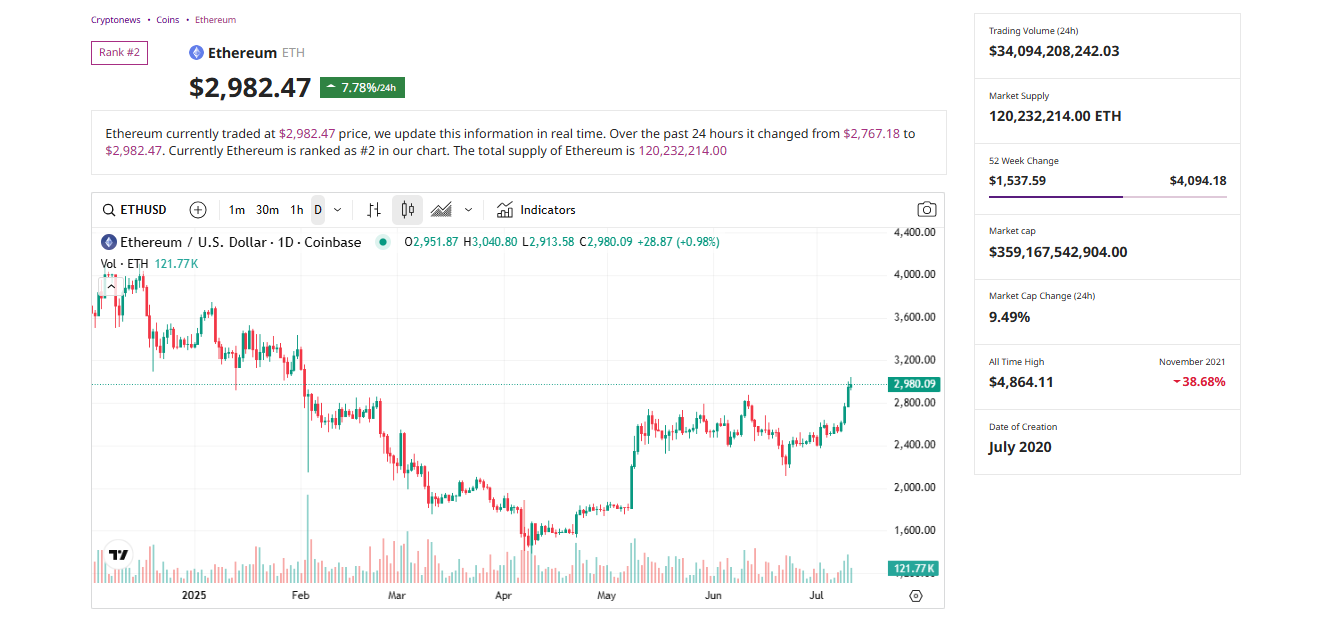Job satisfaction is on the rise, and it can be for you as well.
getty
Well here’s some good news: Job satisfaction is increasing. In fact, it’s at a peak in 36 years, and almost 20 points higher than its lowest levels in 2010. Amidst all the bad news about work—from layoffs and downsizing to plummeting motivation levels—this data suggests reasons for optimism (and who couldn’t use some of that?).
Job satisfaction drives all kinds of positive results for people and companies, so it’s worth tracking the metric. And perhaps more importantly, it’s a good source of insights about what kinds of factors create the conditions for engagement, motivation, happiness, effort, outcomes and great work experience.
Why Job Satisfaction is So Important
The data comes from a poll by The Conference Board which reported 62% of people are satisfied with their jobs. The study has been repeated regularly since 1987, and these are the highest levels of satisfaction since then. The Great Recession saw only 43% satisfaction, so today’s rates are especially impressive in light of that low.
When employees are satisfied, it’s not just a nice-to-have feature of work. In fact, when job satisfaction is higher, it predicts employee retention, customer loyalty and financial outcomes for companies, according to a study published in the journal, Perspectives on Psychological Science Another study published in Procedia Economics and Finance found when people have greater levels of job satisfaction, they have better loyalty, ownership, commitment, effectiveness, efficiency and productivity.
But job satisfaction is also good for people in terms of motivation and energy. In addition, a study published in the Journal of Applied Psychology found when people have greater job satisfaction, they have more positive moods and this spills over into their life at home as well.
Organizational culture and leadership are primary drivers of job satisfaction.
getty
Create Job Satisfaction with Culture and Leadership
Perhaps the biggest lessons from the data have to do with implications for increasing job satisfaction. Organizational culture was one of the top drivers of job satisfaction, and it was one of the elements which had the greatest impact on employee retention. Specifically, when employees were satisfied with organizational culture, 77% of them were likely to stay with their employer, versus 24% with lower satisfaction.
The implication: Be intentional about culture and ensure you’re communicating a compelling vision, mission, purpose and direction. Provide opportunities for people to participate, get involved and have a voice—demonstrating respect for people in all ways and developing them. Create strong systems for all kinds of organizational processes including the management of conflict. And be sure the organization is adaptable to customers, competitors and the market and can learn and act with agility.
Another primary driver of job satisfaction is leadership, and 80% of those satisfied with leadership were likely to stay, compared with 27% who weren’t. Leadership today has become more challenging, and leaders must develop their skills to meet the new demands—embracing ambiguity, inspiring people, communicating with authenticity and clarity, acting with empathy and building rapport and relationships—all while driving results.
Create Job Satisfaction with Work-Life
A third primary driver of job satisfaction is work-life balance. In addition, work-life was one of the areas of greatest improvement year-over-year—as companies have sought to apply lessons from the pandemic. Retention was also affected by this metric with 76% of people saying they were likely to stay with an employer when they were satisfied with work-life, and only 25% planning to stay when they lacked satisfaction with work-life.
Companies can support this component by paying attention to both work and life—providing for meaningful work and plenty of learning and growth, and by creating great work experiences with tools, technology and spaces.
Leaders and companies are also wise to provide for as much flexibility and choice as possible. When people have more control over their work, they perform better, experience more happiness and tend to stay at their jobs longer—and choice and flexibility contribute to the ability to manage all the demands of work and life.
Interestingly, people who were most satisfied were also most likely to have found a new job since the pandemic began, compared to those who have not. This likely speaks to the importance of control. Changing jobs is typically an outcome of pursuing something different, taking action for change and making a new choice—all of which are examples of empowerment and effort—and these contribute to happiness.
Create Job Satisfaction for Women
Women have suffered disproportionately over the last few years, taking on more tasks at home, and pausing, stalling or plateauing their careers. And this reality appears in the data as well. Despite improvements compared to last year, women experience less satisfaction than men especially in the areas of job security, promotion, bonus plans, compensation and benefits. They also experience less satisfaction in terms of recognition, growth, performance reviews and communication on the job. They are also more likely to quit based on job fatigue.
A study featured in IZA World of Labor found when women (and especially mothers) work from home sometimes, they experience much greater job satisfaction. This is not true for men whose satisfaction was consistent even when working from home. Researchers hypothesize work from home is especially helpful for women who are juggling family and life commitments. Men have demands too, but statistically, women are more likely to face these responsibilities.
To address the data, organizations can ensure they are hiring, developing and providing pay and promotions for women in equal measure to men, and again, providing for flexibility and choice wherever it is possible.
Happy work is possible.
getty
Create Job Satisfaction with Hybrid Work
In terms of job satisfaction, hybrid also has a significantly positive effect. Overall, those who worked both at the office and at home were most satisfied. They provided the highest ratings on 17 of the 26 factors in the poll. The exception was related to job security for which in-office workers reported higher ratings.
When it’s implemented effectively, hybrid is a terrific both-and solution, offering the opportunity for people to work where they work best whether they are focusing, collaborating, learning, socializing or rejuvenating during their workday. And done well, hybrid allows for plenty of connection to colleagues and the broader purpose of the organization.
With hybrid, best practice is to provide clear expectations and guardrails for why and when people should be in the office, combined with appropriate autonomy. Encourage awareness and planning so teams can coordinate when they’re in the office to collaborate. Emphasize intentionality about the types of work which will optimize the office or home.
Be creative about providing flexibility. And since not all work lends itself to working remotely, ensure equity in how you’re applying policies and practices for where and when people work.
Focus Makes Perfect
Job satisfaction is worth the effort, and companies will benefit most when they focus on it and take steps to improve it over time. With all the variables in the work experience, job satisfaction will never be something organizations can complete and check off the list. It will be something to continually hone, refine and extend.
Credit: Source link











